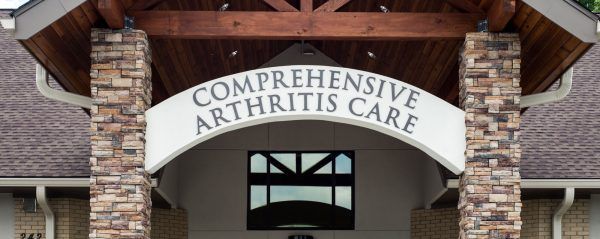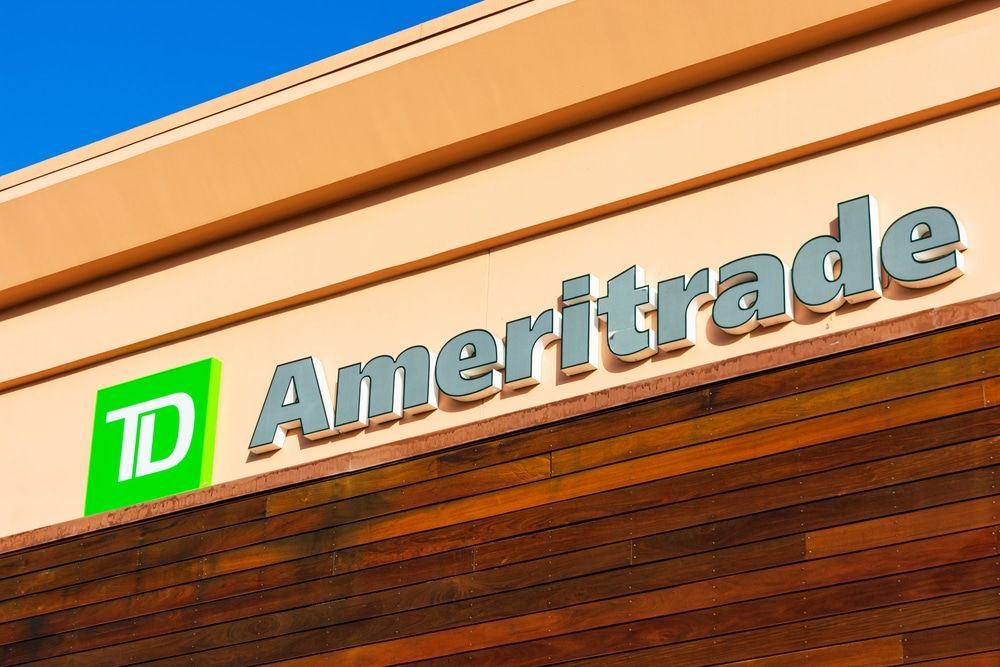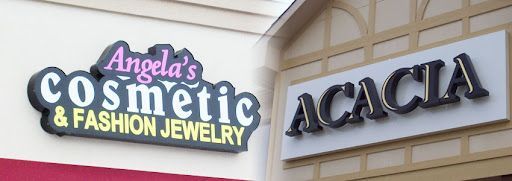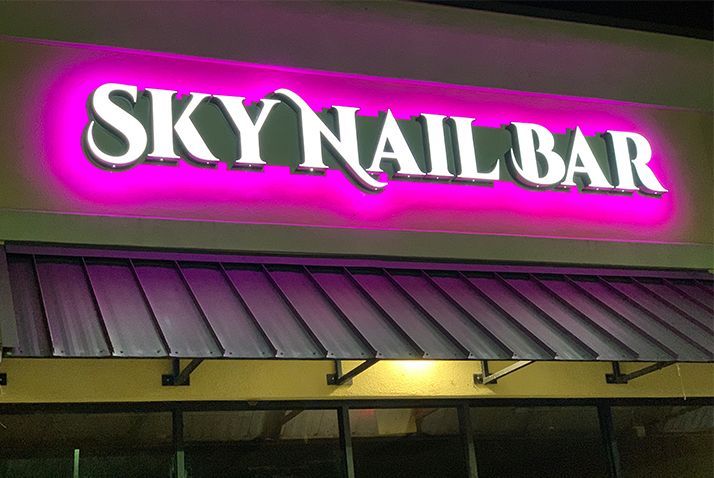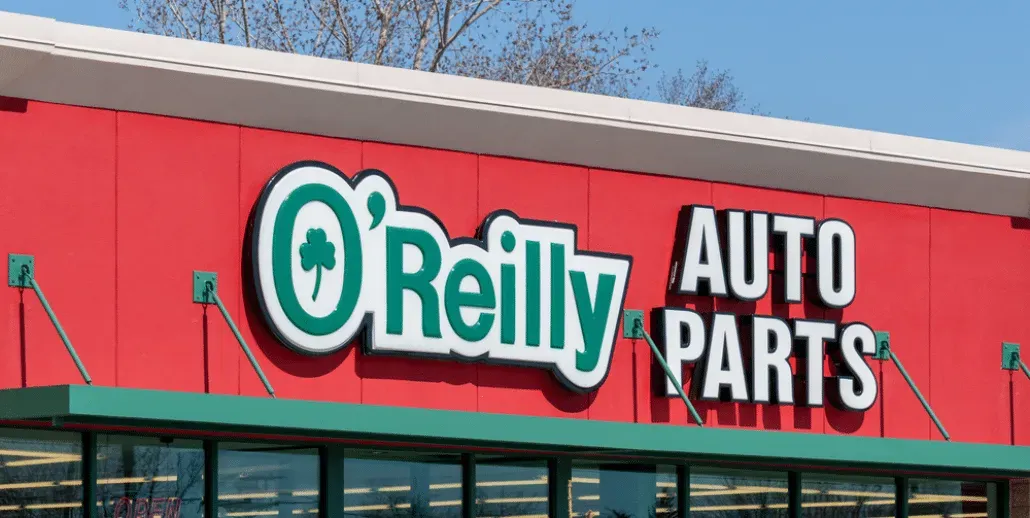What Are the Dangers of Neon Signs?
TL;DR;
Neon signs can pose safety hazards such as electric shock, fire risks, mercury exposure, and injuries from shattered glass. With proper installation,
maintenance, and awareness, many of these dangers can be avoided — but they are still essential considerations for any business or home.
The Rise (and Glow) of Neon Signs
Neon signs have long been a beacon of nightlife, commercial advertising, and vintage charm.
- Invented by Georges Claude in 1910, neon lights gained popularity during the Art Deco era.
- These signs became cultural icons across diners, bars, movie theaters, and roadside attractions.
- Today, neon still thrives in commercial branding and home decor despite the rise of
LED alternatives.
Where are neon signs used?
- Restaurants and hospitality venues
- Retail storefronts
- Event signage and decorative home installations
- Artistic displays and exhibitions
The
popularity of neon lighting owes much to its aesthetic appeal — but there’s more beneath the glow.
How Neon Signs Work (And Why That Matters)
Understanding how neon signs function reveals why they can be risky.
- Gas discharge tubes filled with noble gases like neon, argon, or mercury vapor
- An
electrical current runs through the gas, causing it to emit colored light
- High voltage transformers (up to 15,000 volts) are required to energize the gas
- An
electrical ballast regulates current to prevent overheating
Each component plays a role — and each introduces a potential hazard if not properly managed.
Main Dangers of Neon Signs
Electrical Hazards and Shock Risk
Can you get shocked by a neon sign? Yes.
- Neon signs operate with
high-voltage wiring which can pose a serious
shock risk
- Inadequate
grounding,
circuit overload, or damaged insulation increase the danger
- Neon transformer safety is crucial — older or improperly installed units are common culprits
Do neon signs get hot?
Yes. They can reach internal temperatures of over 200°F. Touching exposed tubes or transformers can cause burns or injury.
Protective measures:
- Always use
UL-rated transformers
- Ensure
proper enclosure to prevent contact
- Install GFCI outlets to minimize electric shock risk
Fire Risks
Can neon signs catch fire? Absolutely, if neglected.
- Overheated
glass tubes or failing
electrical insulation can ignite nearby materials
- Signs mounted on
flammable surfaces such as wood paneling or paper are especially hazardous
Key concerns:
- Poor wiring or
NFPA code violations
- No clearance between the sign and combustible materials
- Signs installed in humid or poorly ventilated areas
Fire prevention tips:
- Follow
NFPA (National Fire Protection Association) guidelines
- Use
non-flammable mounting surfaces
- Schedule routine inspections
Toxic Gas Exposure (Especially from Mercury)
Are neon signs toxic when broken? Yes, particularly older models containing mercury.
- Mercury vapor (used for blue and green colors) is a potent
neurotoxin
- Breakage can release dangerous gas, especially in
non-ventilated areas
Exposure risks:
- Vapor inhalation can cause neurological damage
- Glass cleanup may result in
skin contact or further exposure
Safe handling practices:
- Evacuate and ventilate the area immediately
- Contact hazardous waste professionals for cleanup
- Switch to mercury-free alternatives
Glass Tube Breakage and Physical Injuries
Is a broken neon sign dangerous? Very.
- Glass tubes are fragile and shatter into sharp shards
- Breakage can occur during cleaning, transport, or if the sign falls
Physical dangers:
- Lacerations and puncture wounds
- Risk of contact with
live wires or mercury
Safety tips:
- Use
protective casings
- Secure signage with
impact-resistant mounts
- Train staff on handling and emergency response
Misconceptions About Neon Sign Safety
“Neon Signs Cause Cancer”
No verified studies confirm that neon signs cause cancer. The myth often stems from confusion over mercury vapor, which is harmful — but not linked to cancer in neon applications.
“All Neon Signs Use Mercury”
Not true. Traditional red and orange signs use pure neon, while blue and green shades may involve mercury.
“LED Signs Are 100% Safe”
While safer, LED signs still involve electrical circuitry and can pose overheating or shock risks if poorly installed.
Clarification is key. Misinformation can lead to poor choices — and unsafe conditions.
Maintenance & Safety Best Practices
How to maintain a neon sign safely:
- Turn off the sign and unplug before cleaning
- Use a
soft, dry cloth or compressed air
- Avoid moisture near the electrical components
When to replace parts:
- Flickering or dim sections
- Cracked tubes or visible corrosion
- Buzzing sounds from the transformer
Essential best practices:
- Hire a
certified electrician
- Keep a
maintenance checklist
- Use only
UL-rated components
Neon Signs vs LED: A Safety Showdown
Here’s how traditional neon compares to LED neon from a safety standpoint:
| Feature | Traditional Neon | LED Neon |
|---|---|---|
| Voltage | High (up to 15,000V) | Low (12–24V) |
| Heat Output | High | Minimal |
| Breakage Risk | Fragile glass | Flexible, shatter-proof |
| Mercury Presence | Sometimes | None |
| Energy Use | High | Low |
| Maintenance Needs | Frequent | Minimal |
| Installation Complexity | Complex | Simple plug-in |
| Cost of Repair | Expensive | Affordable |
LED neon signs offer lower risk, lower cost, and longer lifespan — making them ideal for many modern businesses.
Legal Regulations, Certifications, and Building Codes
UL-listed neon signs meet national safety standards. Always verify this before purchase.
Code considerations:
- Follow
local building codes
- Differentiate between
indoor and outdoor sign compliance
- Check requirements from
ANSI, OSHA, and
local zoning authorities
Compliance protects your business from liability and fines.
Environmental Impact of Neon Sign Disposal
How do you dispose of neon signs?
- Neon signs are considered
e-waste
- Mercury-containing tubes must be treated as
hazardous waste
- Never discard in regular trash
Eco-friendly disposal options:
- Use
certified neon recycling centers
- Consider donation for parts
- Transition to
green business signage using LED or solar options
Minimize harm to the environment — and your brand’s reputation.
Frequently Asked Questions About Neon Sign Safety
Are neon signs dangerous to pets or children?
Yes — if within reach. Children and pets can get burned or cut by broken glass. Mount signs high and securely.
Can neon signs cause cancer?
No scientific evidence supports this claim. Concerns typically relate to mercury exposure, not cancer.
How long do neon signs last before becoming unsafe?
Average lifespan: 8–15 years
Maintenance and usage frequency heavily influence longevity
What should I do if my neon sign breaks?
Turn off power immediately
Ventilate the area
Contact hazardous material professionals if mercury was present
Is It Worth Having a Neon Sign Today?
Neon signs offer unmatched aesthetic appeal, but their risks are real:
- Electric shock, fire hazards, toxic exposure, and breakage are all legitimate concerns
- With modern LED options available, many businesses are choosing
safer, greener alternatives
At Horizon Sign and Lighting, we help businesses navigate the world of signage safely and stylishly.
Looking for a vibrant sign without the risk? Horizon Sign and Lighting can help you choose between LED or neon signs based on your goals, style preferences, and safety needs — including certified LED neon options that mimic the look of classic neon without the hazards.
